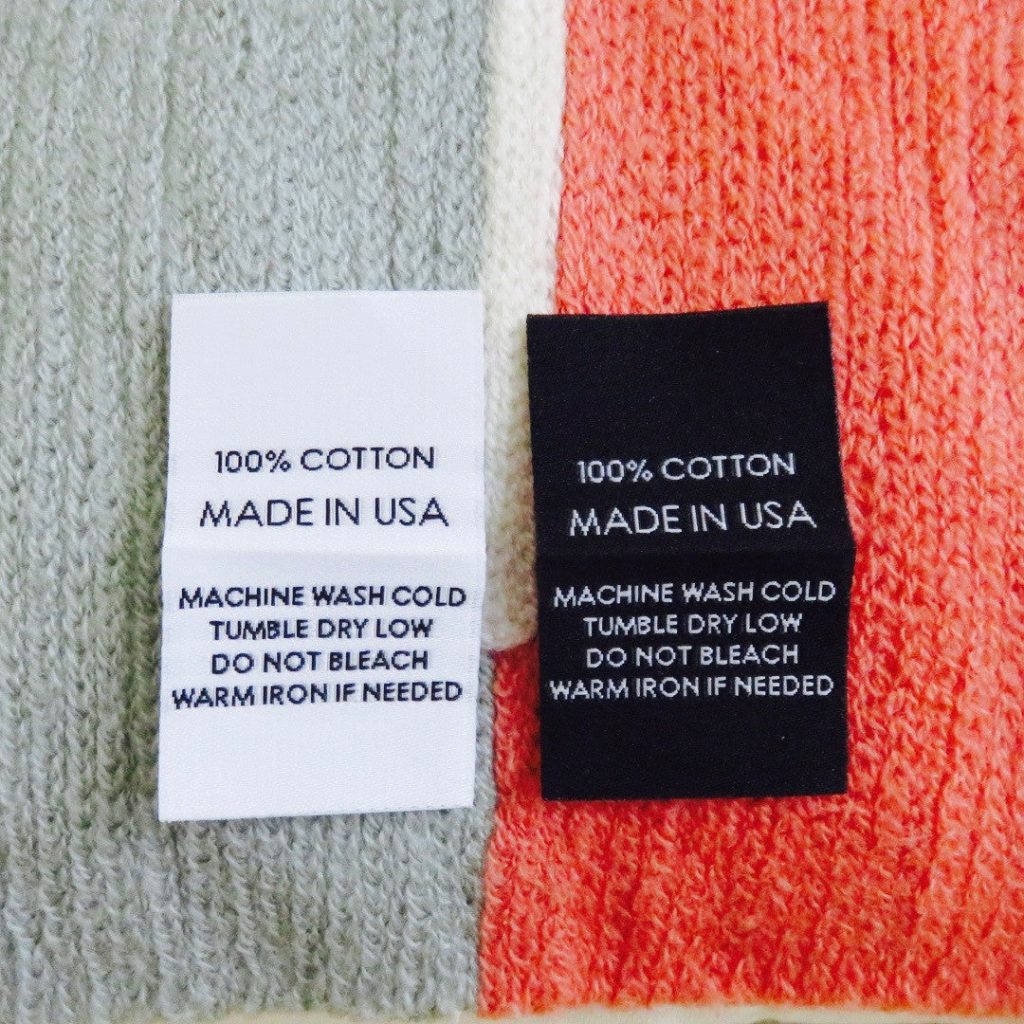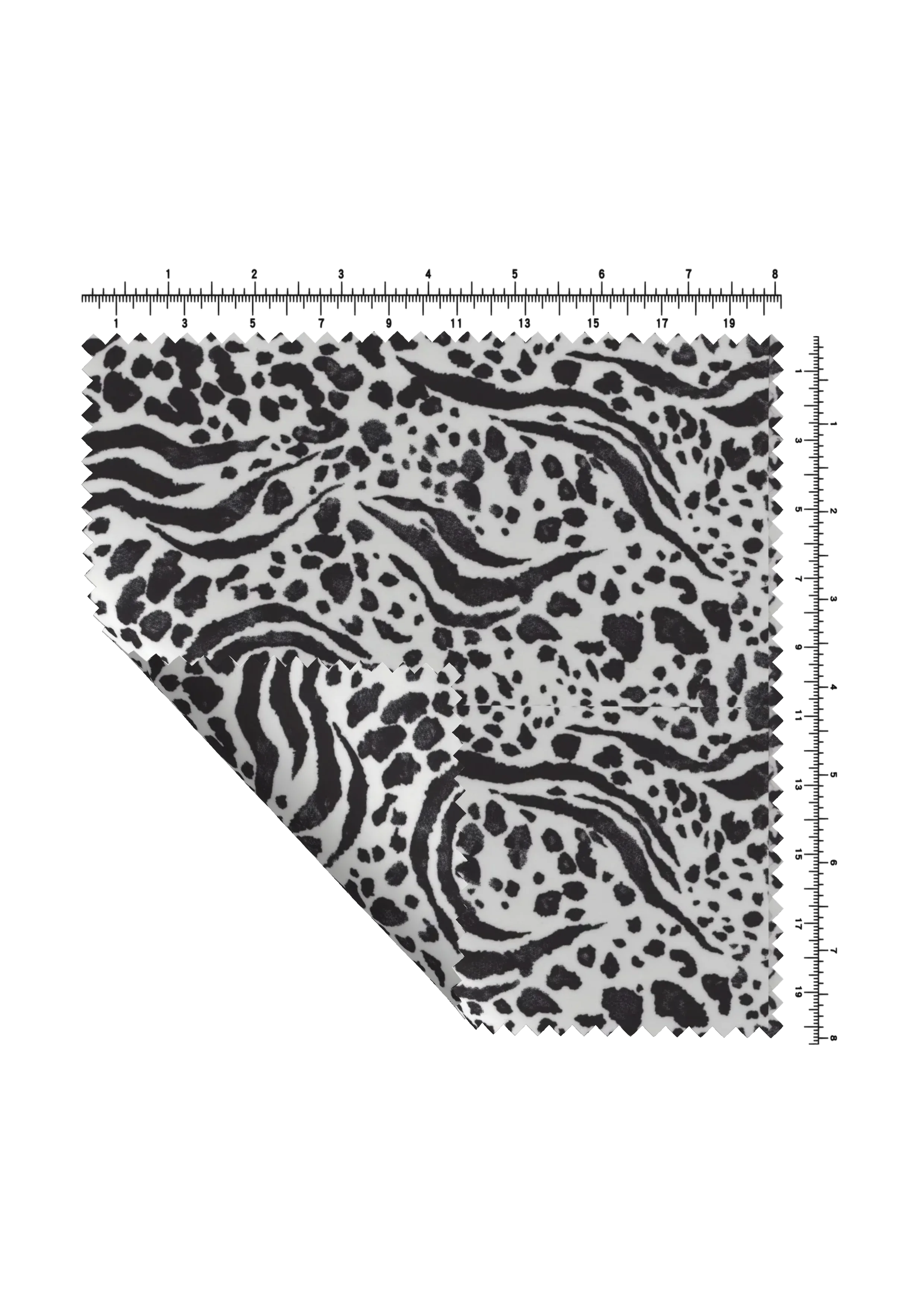
Cotton clothing has long been a staple in our wardrobes, offering comfort, breathability, and versatility. However, have you ever wondered why cotton clothing often comes with a hefty price tag? In this article, we will delve into the intricate factors that contribute to the high cost of cotton clothing, shedding light on the hidden complexities of this seemingly simple fabric.
- Quality and Sourcing:
One of the primary reasons for the expensive nature of cotton clothing lies in the quality and sourcing of the cotton itself. High-quality cotton is often grown in specific regions with favorable climate conditions, such as the Nile Delta in Egypt or the Pima cotton fields in the southwestern United States. These regions produce cotton with longer fibers, known as staple fibers, which result in stronger and more durable fabrics. The meticulous cultivation and harvesting processes, coupled with the limited availability of such premium cotton, drive up the cost. - Labor and Production:
The production of cotton clothing involves a labor-intensive process, from spinning the yarn to weaving the fabric and finally manufacturing the garments. Skilled workers are required at each stage, and their expertise contributes to the overall cost. Additionally, the wages and working conditions of these laborers can impact the final price of cotton clothing. In regions where labor costs are higher or where strict labor regulations are in place, the production expenses are inevitably reflected in the retail price. - Environmental Impact:
Cotton is a resource-intensive crop that requires significant amounts of water, pesticides, and fertilizers. Sustainable farming practices, such as organic or fair-trade cotton production, often result in higher costs due to reduced yields and increased labor requirements. Moreover, the implementation of eco-friendly manufacturing processes, such as water recycling and energy-efficient machinery, can also contribute to the higher price of cotton clothing. Consumers are increasingly willing to pay more for environmentally responsible products, further driving up the cost. - Design and Branding:
The design and branding of cotton clothing also play a significant role in its pricing. High-end fashion brands invest heavily in research, development, and innovation to create unique and aesthetically pleasing designs. These brands often collaborate with renowned designers, further elevating the exclusivity and desirability of their cotton garments. The added value of branding, coupled with the costs associated with marketing and distribution, contribute to the overall expense.
Conclusion:
The high cost of cotton clothing can be attributed to a multitude of factors, including the quality and sourcing of cotton, labor and production expenses, environmental considerations, and the influence of design and branding. Understanding these complexities allows us to appreciate the craftsmanship and value that goes into each cotton garment we wear. So, the next time you find yourself admiring a luxurious cotton piece, remember the intricate journey it took to reach your wardrobe.



